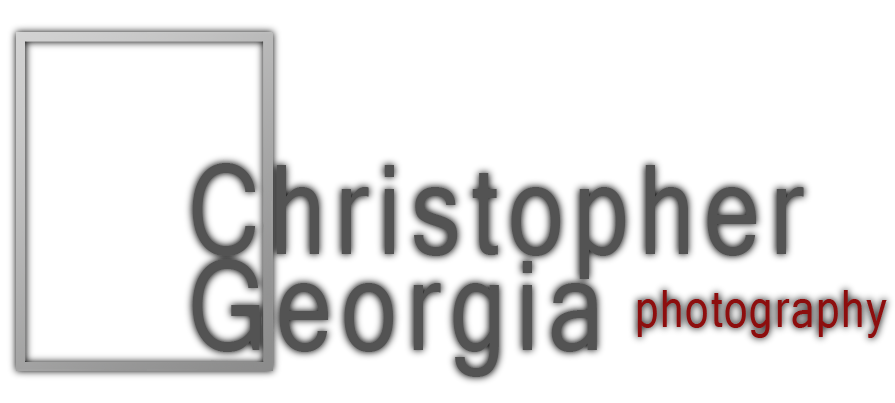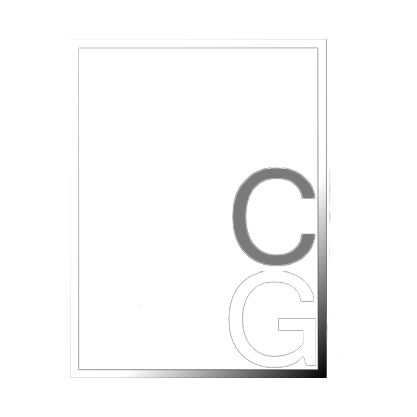Comet c/2022 E3 ZTF ‘The Green Comet’
Comet ZTF ‘The Green Comet’, also known as Comet C/2022 E3, is a comet that was first discovered March 2, 2022 by the Zwicky Transient Facility (ZTF) in California. Its green glow is caused by the sun’s UV radiation lighting up gas streaming from the comet. This comet is expected to be visible to the naked eye in the coming months, making it a prime target for amateur astronomers and photographers alike. February 1, 2023 is when the comet is predicted to be at its brightest and closest to Earth. I personally think that viewing will be best the mornings of January 29th and January 30th given the current cycle of the moon. In this post, we will go over some tips and techniques for successfully viewing and photographing Comet ZTF using a DSLR or mirrorless camera, zoom lens, and star tracker.
Photographing a comet, such as C/2022 E3 (ZTF), is a challenging but rewarding pursuit that requires a combination of technical skills, knowledge of astronomy, and patience. The process involves tracking the comet to achieve sharp long exposures, as well as selecting the right focal length to capture the best image.
The first step in photographing a comet is to locate it in the sky. This can be done using planetarium software, such as Photopills or Stellarium, to find the coordinates of the comet. You’ll need to manually add product C/2022 E3 (ZTF) to Stellarium. By default, the comet product is not available. This can be achieved by completing the following:
Go to Configuration
Click ‘Plugins’, select ‘Solar System Editor’, then click on ‘configure’
Click ‘Solar System’ and Click “Import orbital elements in MPC format”
Click ‘Online Search’ and search for ‘C/2022 E3’ (search is case-sensitive)
Check the box next to the comet then click ‘Add objects’
Screenshot of Stellarium with comet C/2022 E3 (ZTF) located in the center, above Camelopardalis. Comet positioning set for 02-01-2023 04:00am mountain time.
Screen shot of Stellarium with C/2022 E3 (ZTF) represented at 135mm full frame
You’ll want to find a location to capture an image of the comet. Typically a place away from city lights with an unobstructed view of the horizon is going to be most optimal. Be sure to monitor the weather as well! Having clear skies at the predetermined location will be key to getting a great view of the comet. I tend to use multiple weather sources such as NOAA, The Weather Channel, and Accuweather, when it comes to forecasting for clear skies. Visit my FAQ page to see the entire list of apps I use to forecast weather.
Next is to track the comet as it moves across the sky. This is done using a motorized equatorial mount or star tracker that compensates for the earth's rotation. I personally recommend the iOptron SkyGuider Pro EQ camera mount. Using a star tracker will allow for longer exposures at lower ISO values, which in turn will provide for less noise in the images. Do keep in mind that the mount is compensating for the rotation of our planet. Expect to see some movement of the comet in relation to the stars across frames capture. The mount needs to be aligned with the celestial pole (Polaris) and calibrated to the comet's coordinates. This allows the telescope and camera to move in sync with the night sky, keeping the comet in the same spot in the field of view. It’s important to note that having a sturdy tripod that can be adjusted to level the tracking mount will provide optimal results when tracking, especially when using a heavier telephoto lens.
When it comes to selecting the right focal length, it depends on what you want to capture in the image. A short focal length (around 35mm) will capture a wide field of view and show the comet in relation to the surrounding stars and landscape. A medium focal length (50mm to 135mm) will show more details of the comet's tail and coma. And a long focal length (around 200mm or more) will show even more details and structure within the coma and tail. In general, a longer focal length is better as it allows you to capture more details and structure within the coma and tail. Don’t hesitate to experiment with wider angles to give the comet a sense of place in a landscape.
Now, it is time to create the image using a DSLR or mirrorless camera. This is where patience comes in as some comets are faint and require multiple exposures to capture enough light. Typically, exposures of up to one minute are optimal while tracking. When it comes to camera settings, starting with a shutter speed of 45 seconds to one minute is recommended. In order to capture the comet's tail, you will want to use a wide aperture (low f-stop) to let in as much light as possible. This will help to capture the comet's tail and other features in greater detail. A common aperture setting used is around f/4 or f/5.6. Additionally, you'll want to use a low ISO setting to keep noise to a minimum. A low ISO setting of 200 or 400 is a good starting point. You may find that your settings to be a little different and some fine tuning is necessary depending on camera, lens, and location combination. Using an external intervalometer is a good way to minimize camera vibration. The intervalometer can also be used to create a sequence of exposures if you are planning on stacking your images in post production.
Last but not least, plan to arrive at the location early to allow time to set up necessary equipment. It is important to factor in setup time so any rushing can be avoided for a proper set up. This will also give your vision some time to adjust to the low light setting. Having a gear checklist can help when it comes to preparation for shoots that require multiple pieces of equipment.
In summary, photographing a comet such as C/2022 E3 (ZTF) requires a combination of technical skills, knowledge of astronomy, and patience. Tracking the comet to achieve sharp long exposures and selecting the right focal length are crucial to capturing the best image. A focal length of 135mm or 300mm is a good choice for capturing details and structure within the coma and tail. I’m going to make an attempt at photographing C/2022 E3 (ZTF). I’m hoping that the weather permits. If so, I’ll plan to put together a follow up post about stacking and processing images using a star tracker.
Focus for today:
One tip for finding inspiration for photographing stars at night in the winter is to look for clear, dark skies away from light pollution. Winter nights tend to be colder and clearer than other seasons, making it an ideal time to photograph stars. Try to find a location with an unobstructed view of the sky such as a remote field or a hilltop. Consider using a tripod to keep your camera steady during long exposures. Experiment with different aperture and shutter speeds to capture the star trails, or the movement of stars in the sky. You can also try to capture the stars in combination with a landscape element like a mountain, a tree or a building.
Coming soon!
In my next post, I’ll discuss one on one online class and location based workshops I have planned in 2023. Stay tuned!


